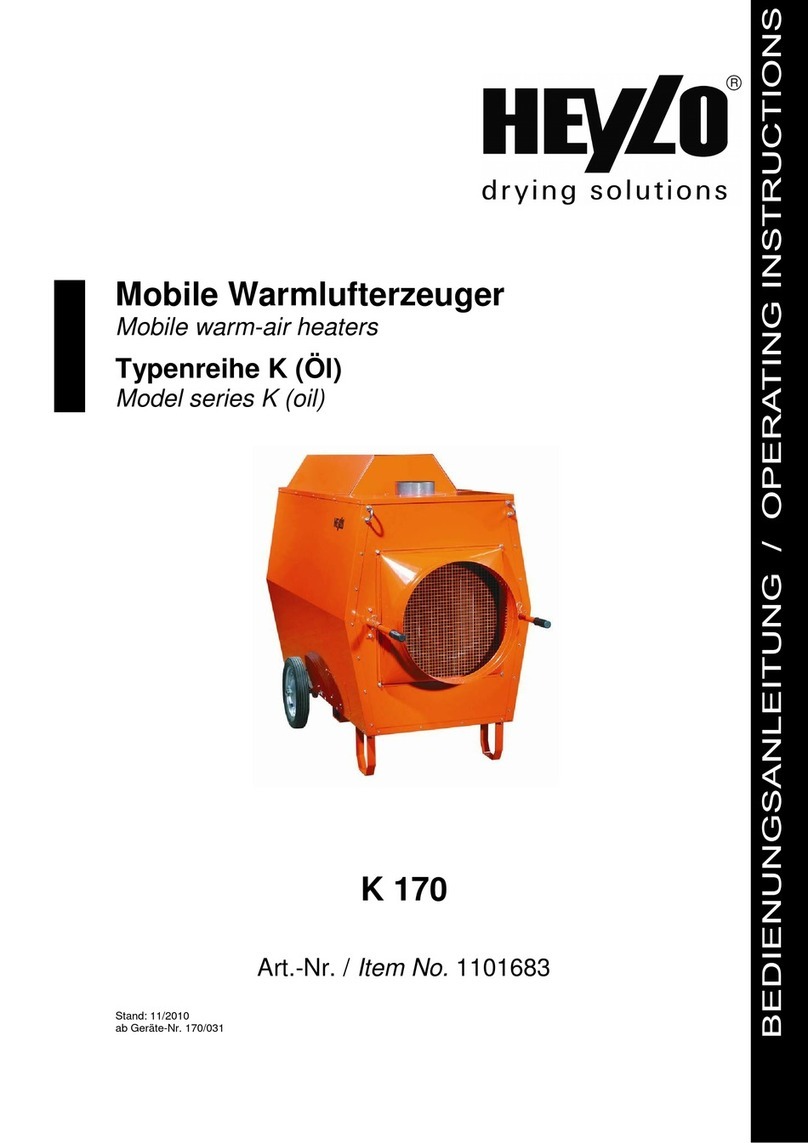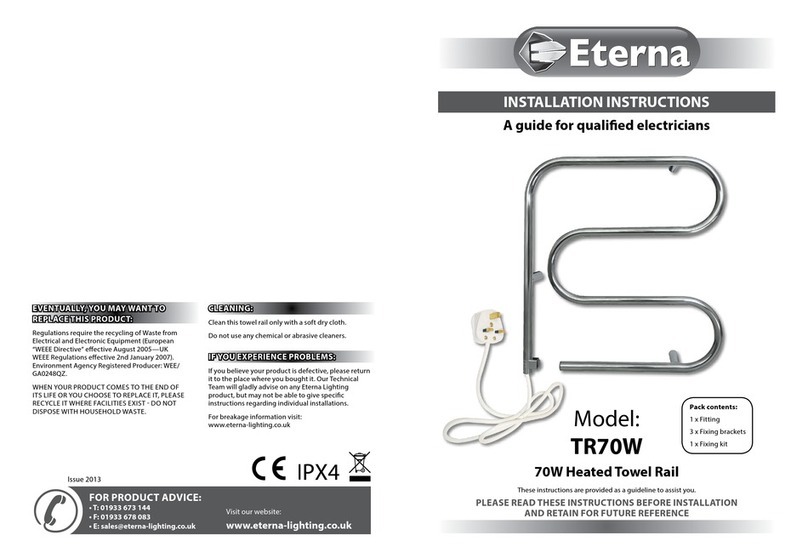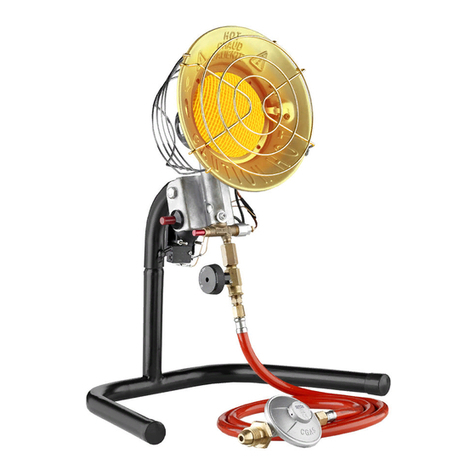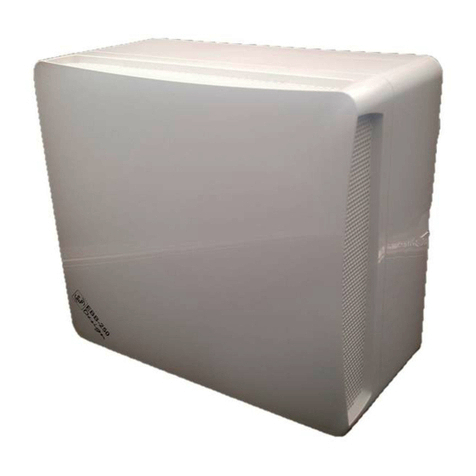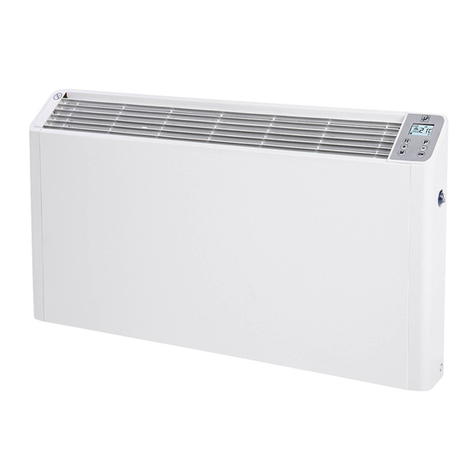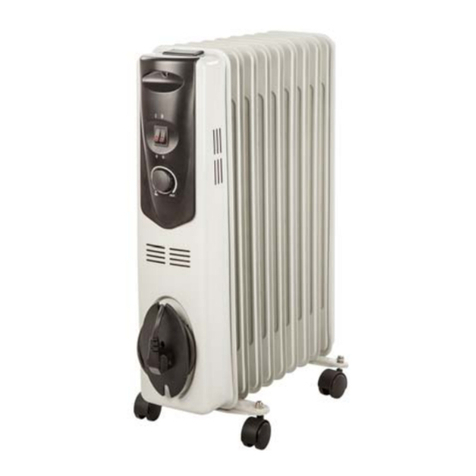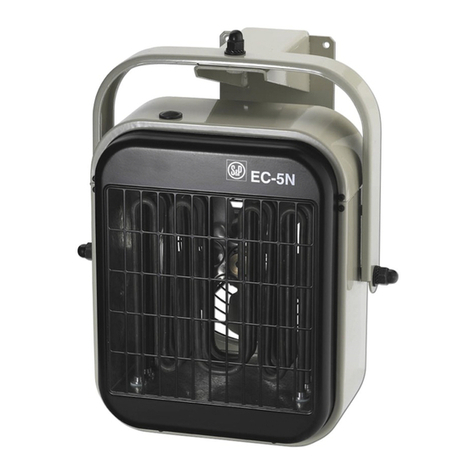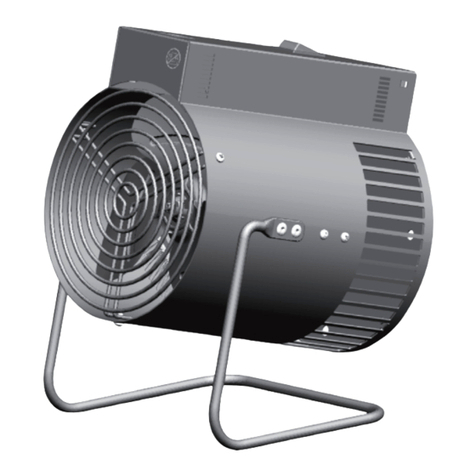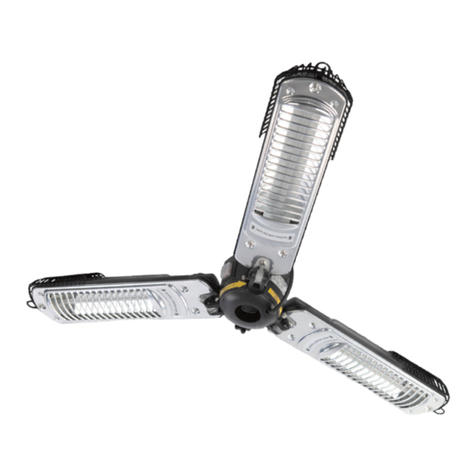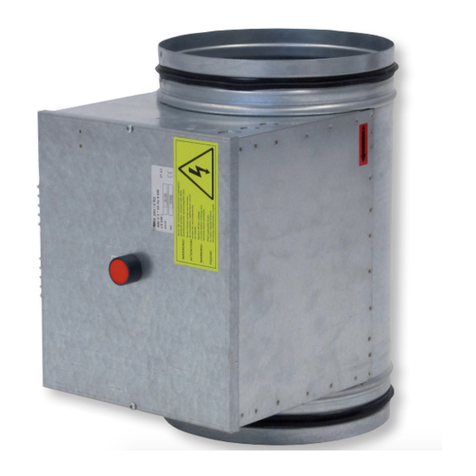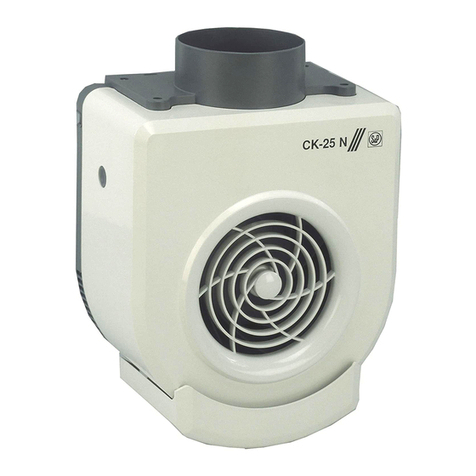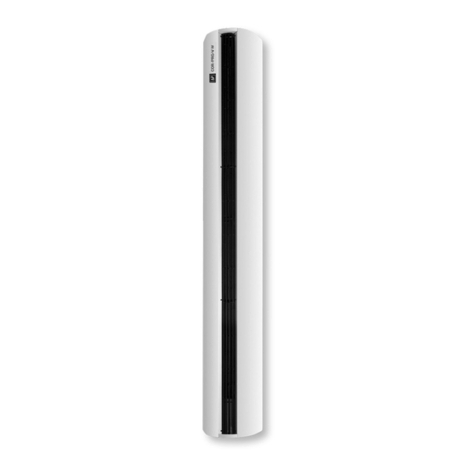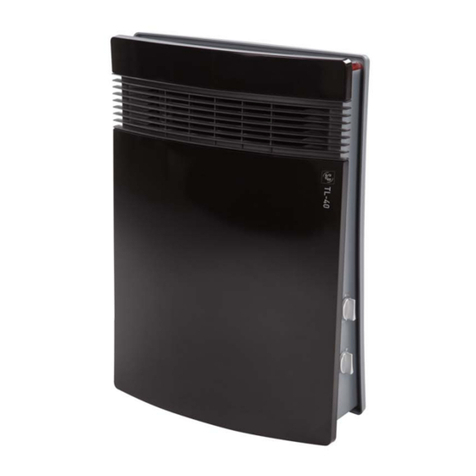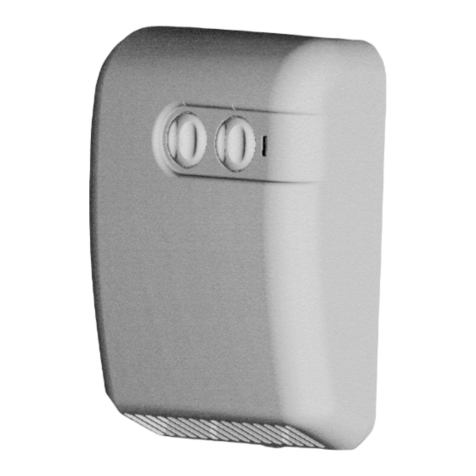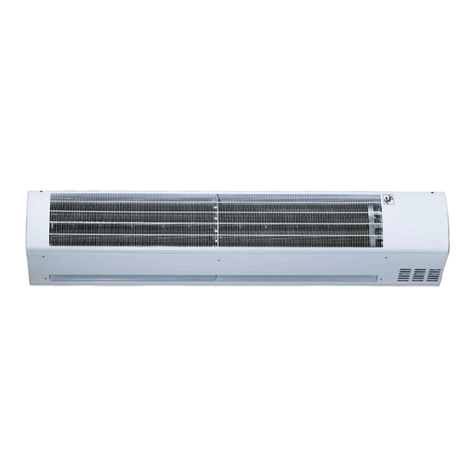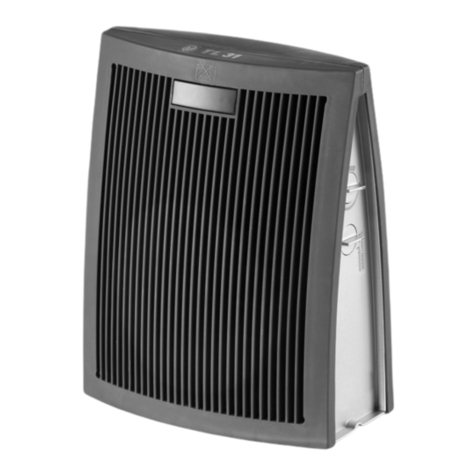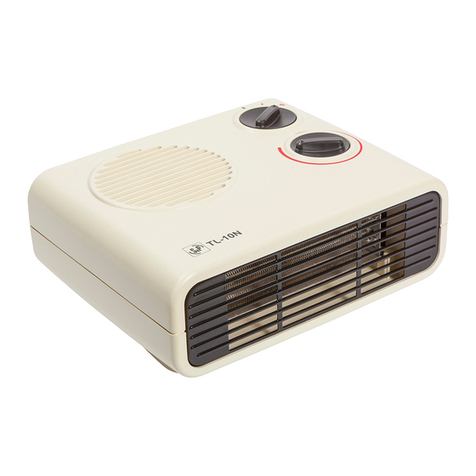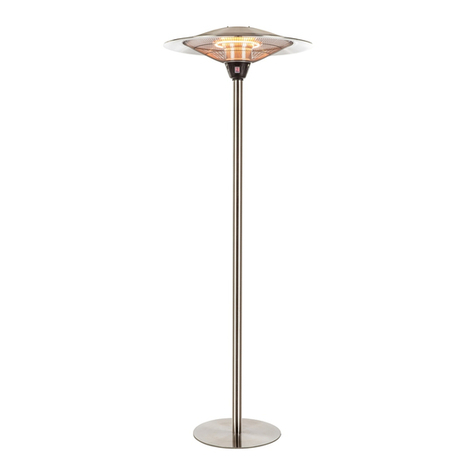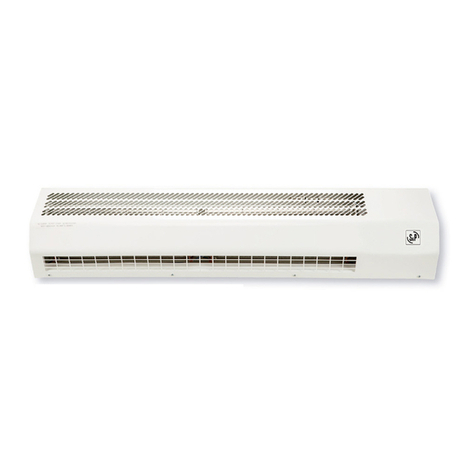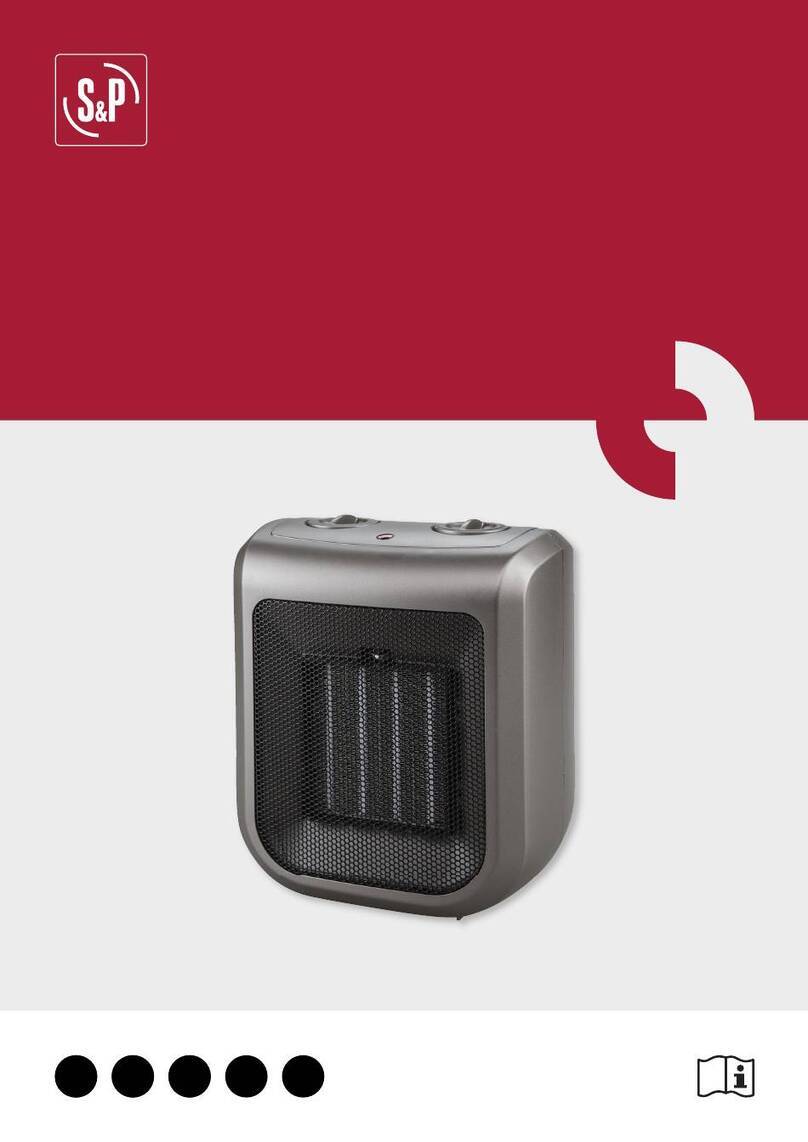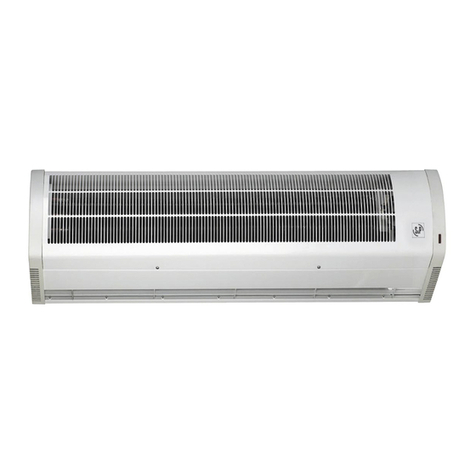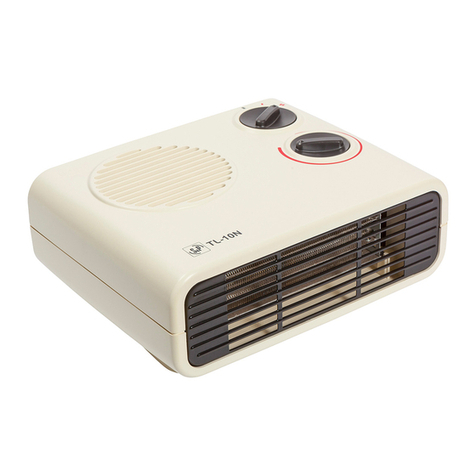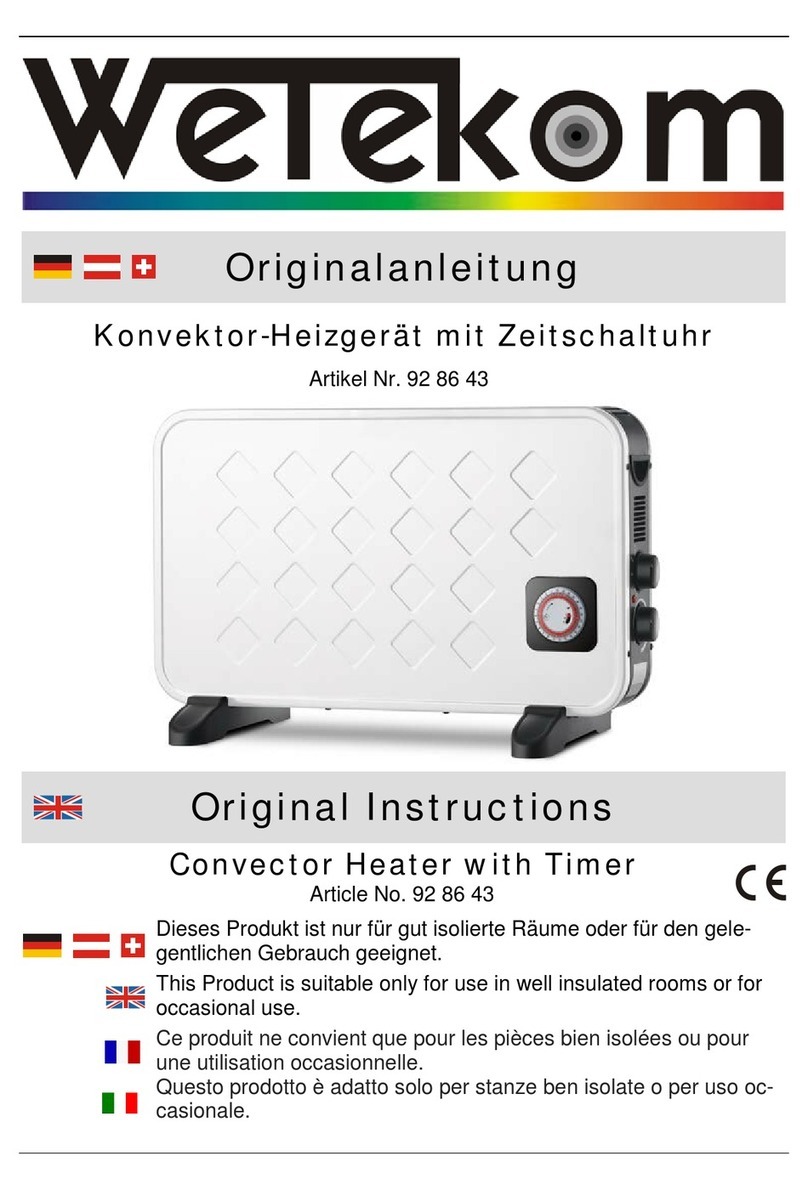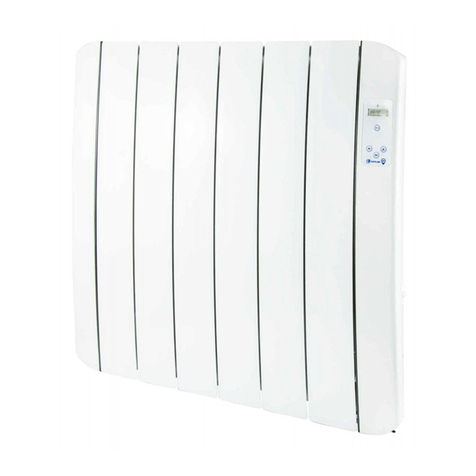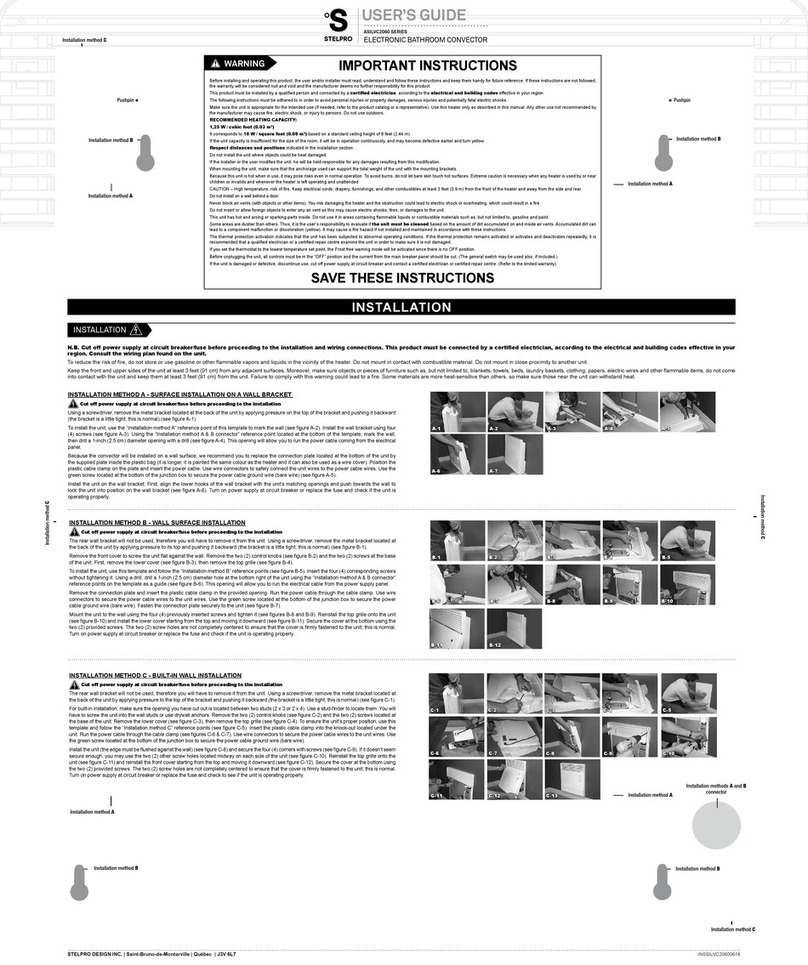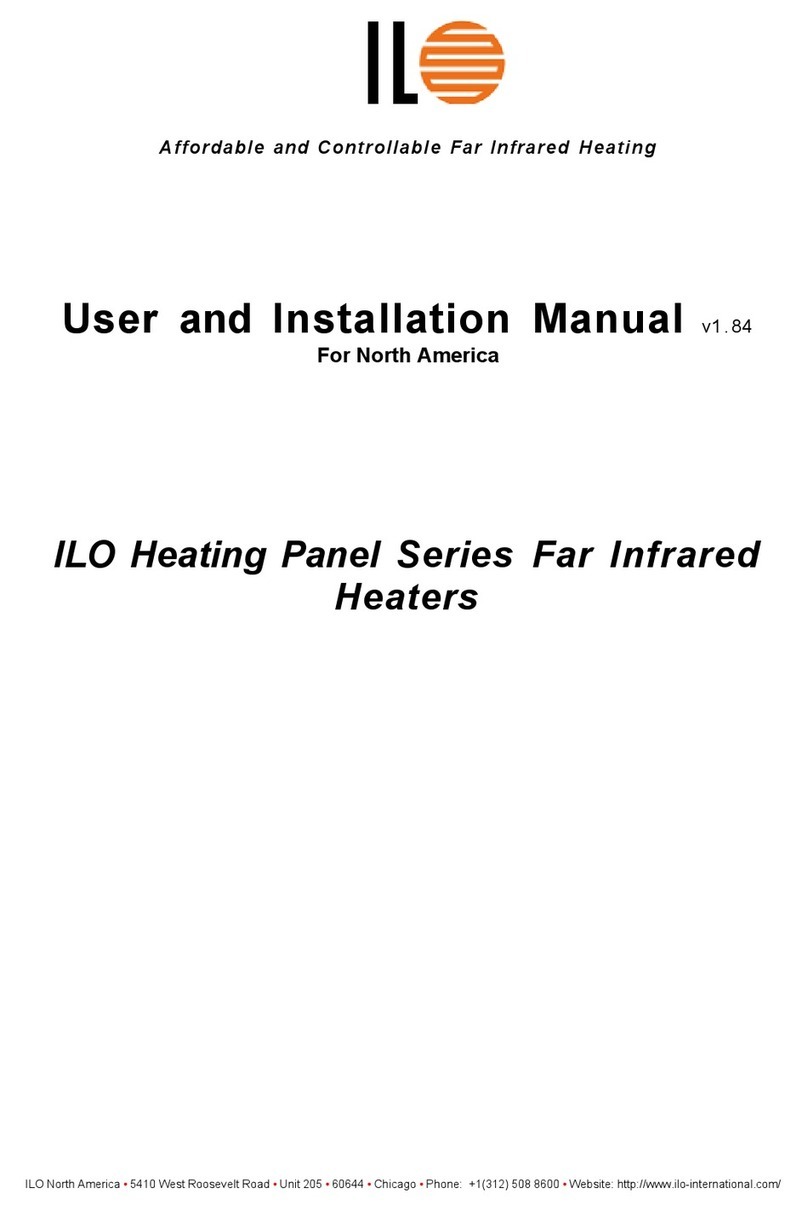
4
1. GENERALIDADES
Le agradecemos la confianza que nos ha depositado mediante la compra de este
radiador. Usted ha adquirido un producto de calidad que ha sido totalmente fabri-
cado según las reglas técnicas de seguridad reconocidas y conformes a las nor-
mas de la CE.
Sírvase leer atentamente estas instrucciones, antes de la instalación y puesta en
funcionamiento, posteriormente guárdelas para futuras referencias.
Rogamos compruebe el perfecto estado y funcionamiento del aparato al desem-
balarlo ya que cualquier defecto de origen que presente, está amparado por la
garantía S&P.
2. ADVERTENCIAS DE SEGURIDAD E INSTALACIÓN
- La garantía no cubre los daños que pueda sufrir el aparato en caso de no res-
petar lo indicado en este Manual de Instrucciones.
- Comprobar que la tensión de la red eléctrica corresponde con la indicada en la
placa de características.
- El uso de radiadores eléctricos está prohibido en presencia de gases, explosi-
vos o productos inflamables.
- Ni el cable de conexión ni otros objetos deben entrar en contacto con el aparato.
- No cubrir el aparato con ropa para secar ni con ningún otro objeto.
- Las superficies del emisor pueden estar calientes. Los niños pequeños deber
ser vigilados cuando estén en sus proximidades.
- No instalar nunca el aparato debajo de una toma de corriente eléctrica.
- Cualquier intervención que se haga en el interior del aparato debe realizarse con
la corriente eléctrica desconectada.
- Si la manguera de conexión de esta unidad se encuentra dañada, deberá ser
sustituida a fin de evitar un peligro, por un instalador autorizado, ya que se nece-
sitan herramientas especiales.
- Para evitar sobrecalentamientos, no cubrir el aparato de calefacción.
- Este aparato no está destinado para ser usado por personas (incluidos niños)
cuyas capacidades físicas, sensoriales o mentales estén reducidas, o carezcan
de experiencia o conocimiento, salvo si han tenido supervisión o instrucciones
relativas al uso del aparato por una persona responsable de su seguridad.
- Los niños deberán ser supervisados para asegurar que no juegan con el aparato.
- Estos aparatos (CLASE II / IP24) pueden ser instalados en el volumen 2 del cuar-
to de baño siempre y cuando el aparato esté protegido por un dispositivo diferen-
cial de alta sensibilidad de 30mA. En ningún caso en los volúmenes 0 y 1. (Ver
figura 5) En el cuarto de baño el aparato debe situarse de tal manera que los man-
dos no puedan ser tocados por una persona que esté utilizando la bañera o
ducha.
NOTA: Algunos componentes, como barnices, lubricantes, resinas, etc..., que
intervienen en la fabricación de este aparato, pueden producir cierto olor al ser
conectados por primera vez. Esta circunstancia es normal, no tiene ninguna otra
consecuencia y desaparece totalmente en las primeras horas de utilización.








